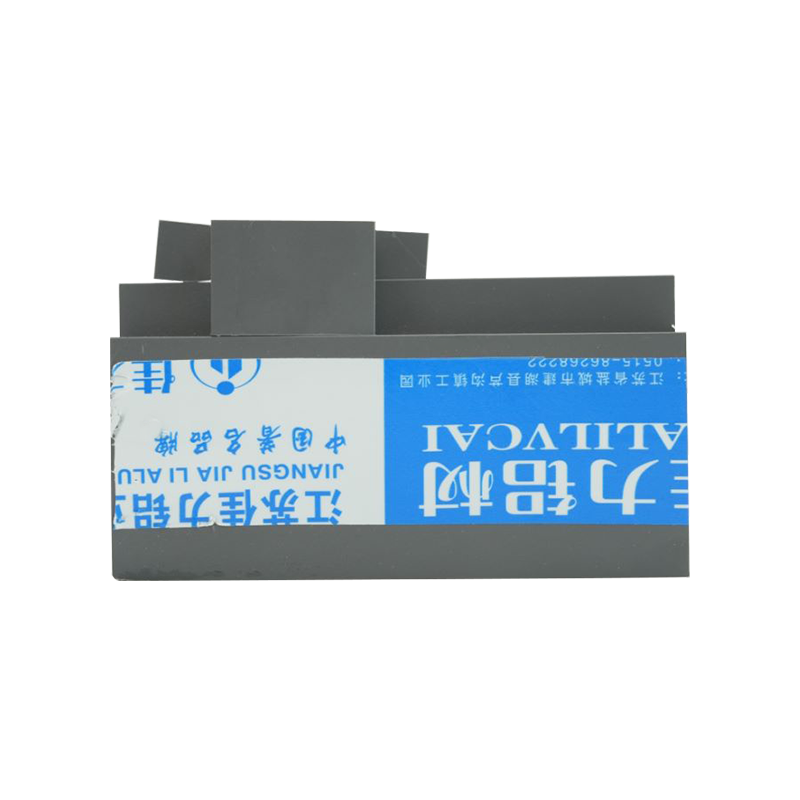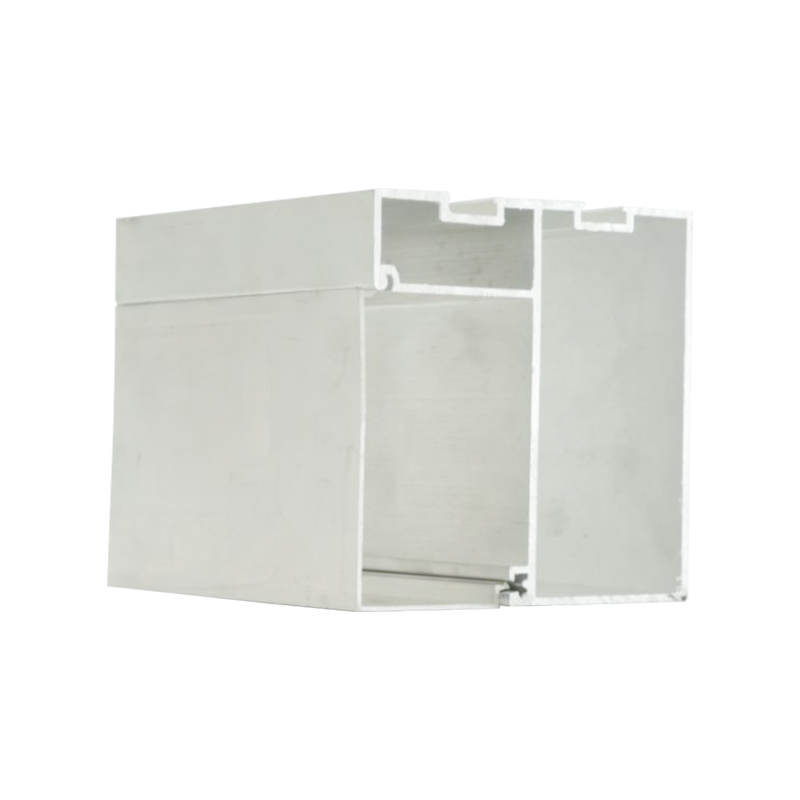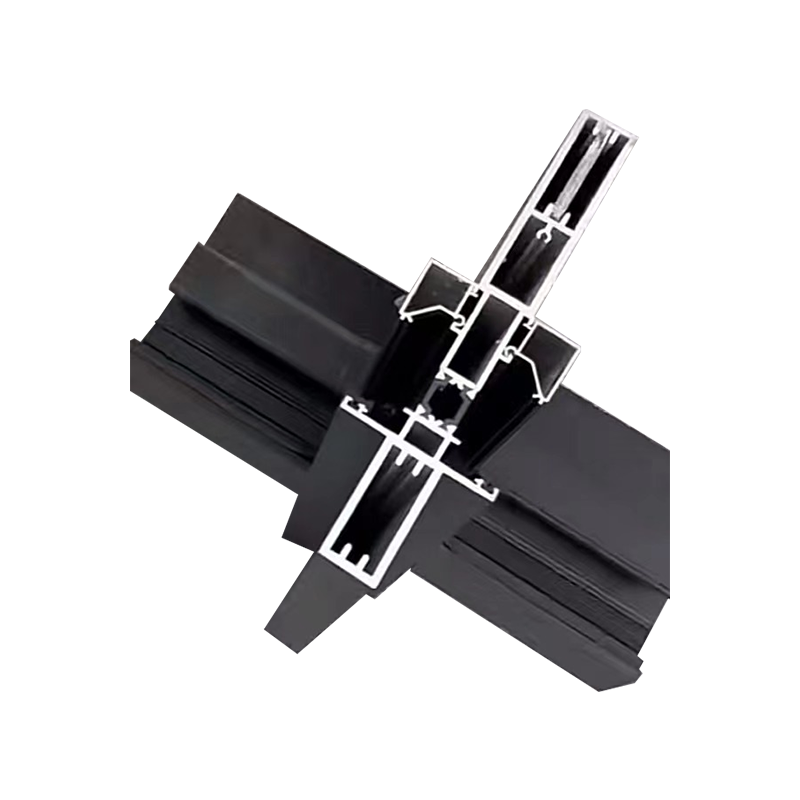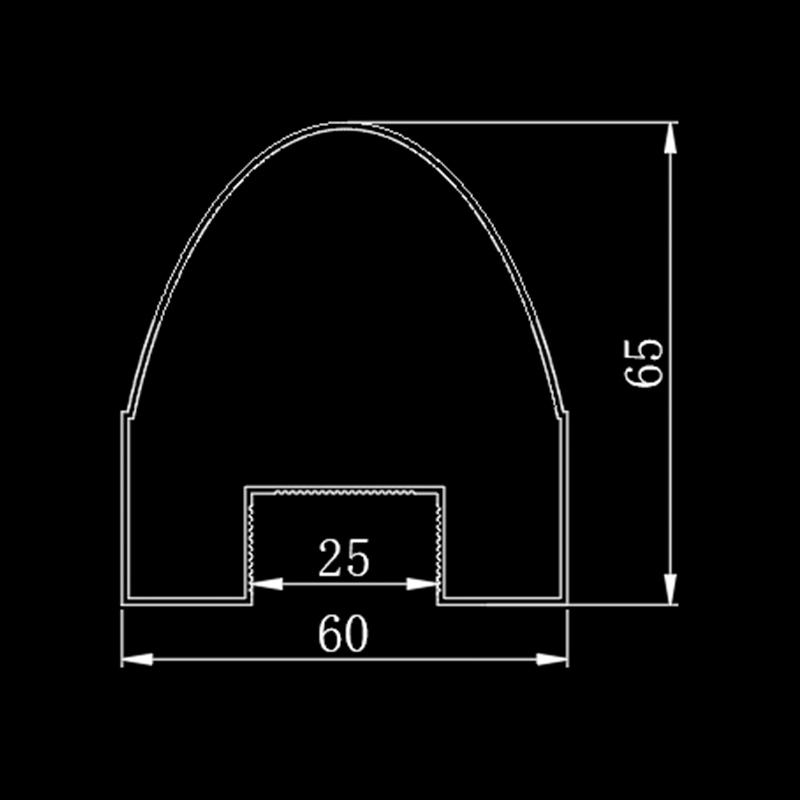Advanced structural design builds acoustic barrier
Sound insulation and heat insulation The sliding window building aluminum profile adopts advanced sound insulation structure design, which forms a multi-dimensional sound wave barrier system through detailed processing such as cavity segmentation and profile wall thickness gradient distribution. With multi-layer sealing technology, from the connection gap between the window frame and the wall to the closed surface of the fan body, a stepped sealing path is used to eliminate the energy of sound wave transmission, especially for medium and low frequency traffic noise and high frequency life noise. This design concept integrates the sound insulation function into the structural gene, so that the window can become the first line of defense for the indoor acoustic environment while achieving space separation.
Efficient thermal insulation system achieves energy balance
In terms of achieving thermal insulation performance, sliding window building aluminum profile builds a unique solution through the combination of material innovation and system design. High-quality thermal insulation aluminum profile is used as the basic carrier, and its built-in high-efficiency thermal insulation strip is not a simple physical partition, but a continuous thermal resistance barrier is formed through the precise matching of material thermal conductivity. This design can effectively block the conduction path of indoor and outdoor heat through the profile, reduce the intrusion of outdoor high temperature in summer, and retain indoor heating in winter, thereby reducing the operating load of air conditioning and heating equipment. The entire insulation system is integrated with the profile structure, avoiding the sealing failure problem that may be caused by the additional installation of insulation components. The air layer design of the profile cavity further enhances the insulation effect, achieving the dual value of energy saving and comfort.
Surface treatment technology takes into account both beauty and durability
Sliding window building aluminum profile surface treatment is an important connection point between product performance and appearance. The application of fine oxidation or spraying technology gives aluminum profiles uniform color and smooth lines, forming a dense protective film on the surface, greatly improving its corrosion resistance and weathering resistance. According to the needs of different architectural styles, from modern and simple matte texture to classic and calm metal color, the surface treatment process can achieve diversified expression and maintain coordination with the building facade. The advantages of this treatment technology are also reflected in daily use. The surface treated with special technology is not easy to absorb pollutants. Rainwater can wash away most of the floating dust, so that the doors and windows can maintain a clean appearance for a long time and reduce the frequency of manual cleaning.
Humanized design balances practicality and convenience
The design logic of sliding windows always revolves around the user’s daily experience. The simple and smooth exterior lines form a visual echo with the architectural space, while the internal track and pulley system has been mechanically optimized to minimize the friction when the fan body is opened and closed, achieving non-stuck operation. This design improves the convenience of use and reduces the loss of components during long-term use. Considering the actual needs of cleaning and maintenance, the window sash can be opened at a large angle or even disassembled, and the flat profile surface makes it easy to clean the inside and outside of the glass and the track groove. The pragmatic design concept runs through the whole process, so that the product can truly integrate into the daily life scene while meeting the aesthetic needs.
Multiple protection systems build a solid safety line
The construction of safety performance relies on the synergy of hardware configuration and structural design. The selection of high-strength hardware accessories ensures that the window sash maintains stable assembly accuracy during long-term use to avoid loosening or jamming due to component deformation. The anti-pry lock system uses a multi-point locking mechanism to form a rigid connection between the window sash and the window frame, significantly improving the anti-intrusion capability; and the hidden design of the safety anti-fall rope provides secondary load-bearing protection for the window sash in extreme cases, eliminating the risk of falling from height. These safety designs do not exist independently, but form an organic whole with the profile structure. The enhanced profile wall thickness provides a stable installation foundation for hardware.

 ENG
ENG
 English
English русский
русский 中文简体
中文简体 Español
Español bahasa Indonesia
bahasa Indonesia






